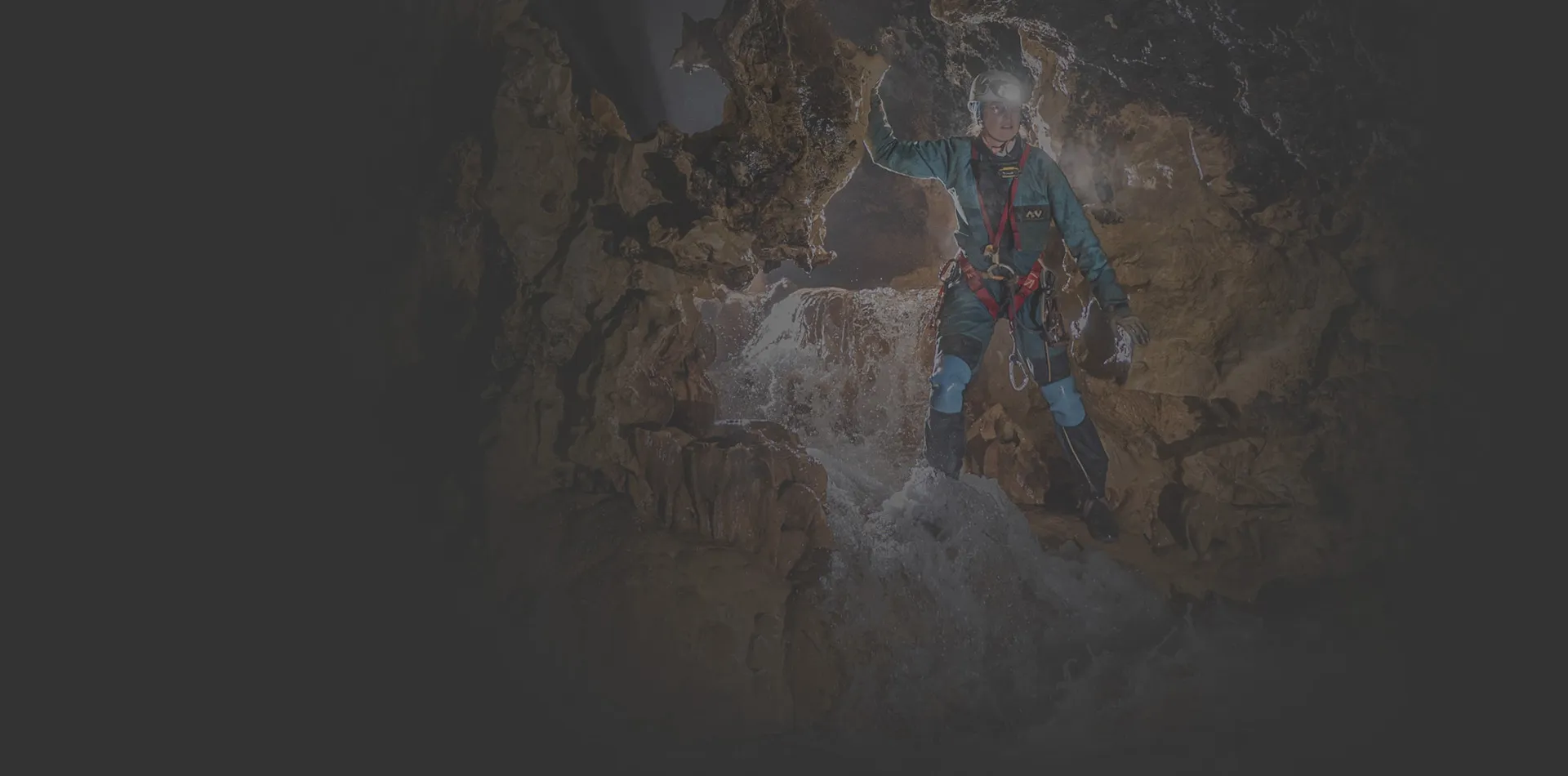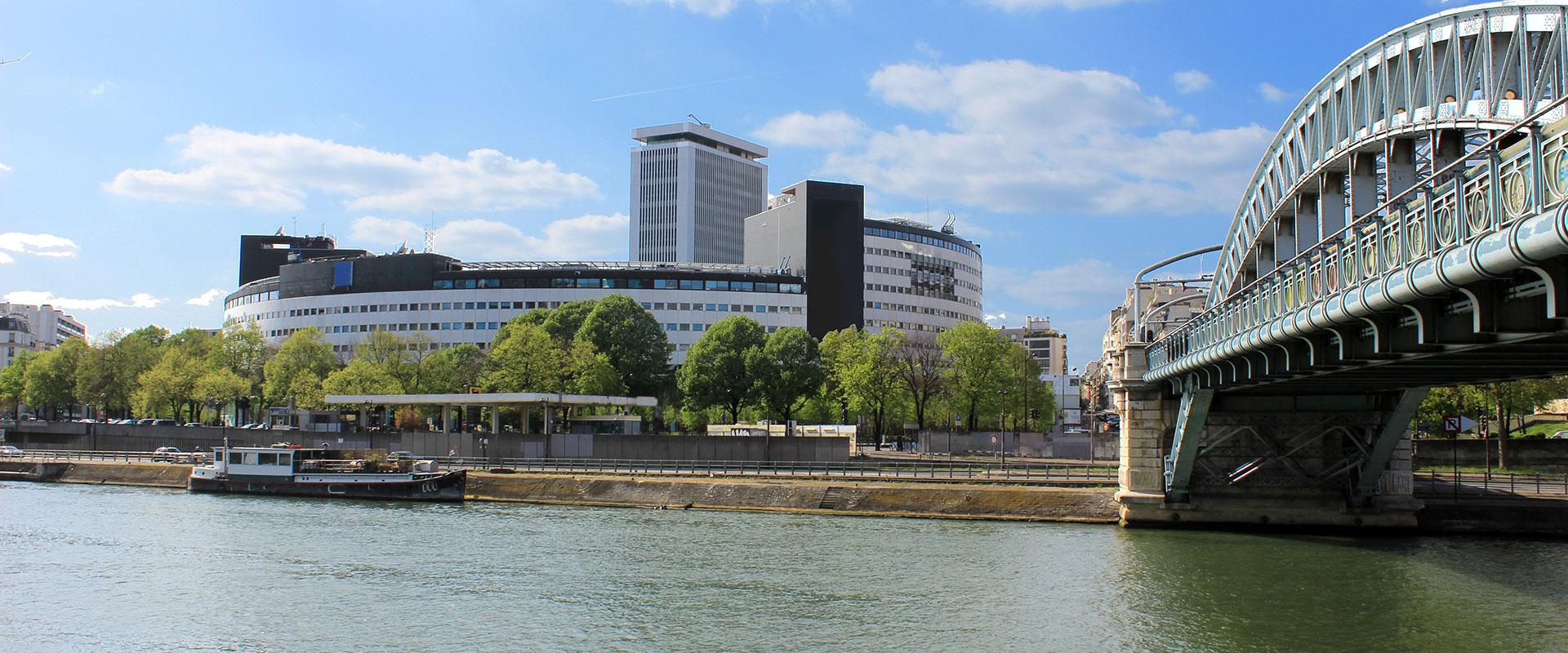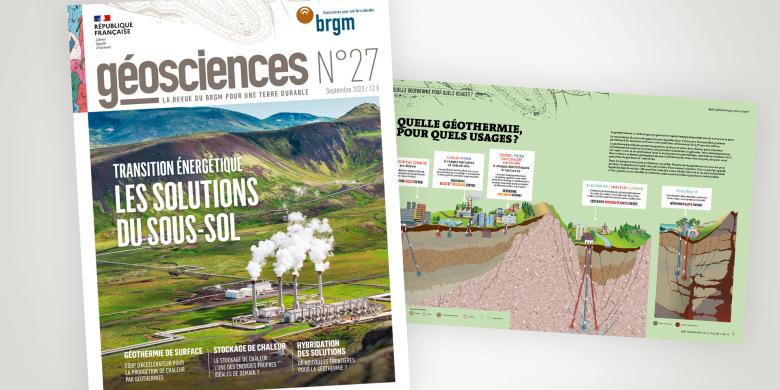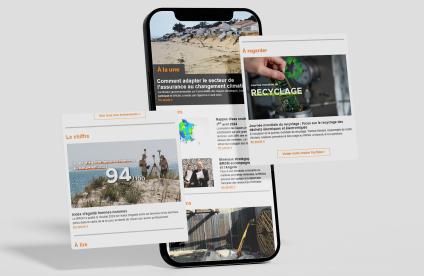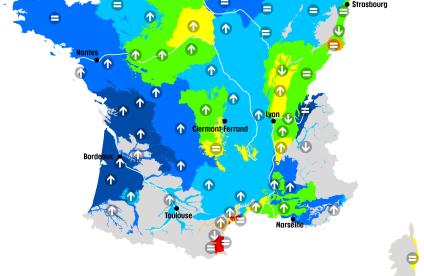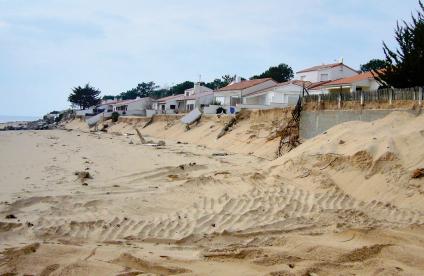Radio France has been using geothermal energy since 1963
Did you know? Since the day of its inauguration on 14 December 1963, the Maison de la Radio has been heated and cooled by deep geothermal energy, drawing on the Albien aquifer to heat and cool the building. It was the first building to be heated by geothermal energy in France. This heating system has enabled the French radio company "to avoid being affected by the economic consequences of the various oil crises that have occurred since the 1970s. It is partly thanks to this heating system that Radio France has been able to keep its budgets under control", according to Jean-Luc Hees. Since 2010, the Maison de la Radio has switched to a near-surface geothermal energy system, in order to comply with new legislative requirements, while also meeting their premises' increasings needs in terms of cooling.
Aéroports de Paris: geothermal energy and waste heat at Orly Airport
A total of 50% of the heating required at Orly Airport will be supplied by geothermal energy by 2024. Currently, geothermal energy is used to produce 35% of the heating requirements (equivalent to the consumption needs of 5,000 homes). It is used to heat part of the buildings and to supply hot water. The airport also uses the waste heat produced by the waste-energy recovery plant in Rungis. The proportion of geothermal energy will be increased through the addition of a heat pump, which will boost the energy potential.
Rennes: homes heated by the Métro
Geothermal energy is now used to heat and supply hot water to homes situated above the Métro (underground) stations in Rennes. And this energy is produced via the Métro itself! In 2021, an original system was installed directly in the floor slabs and vertical walls of four Rennes Métro stations in order to produce heat. This innovative project is managed by BRGM. The entire surface of the stations is now used as a heat exchanger. This system should have the capacity to cover a very large proportion of the heating needs of the buildings above the stations. Ultimately, some 112 homes will benefit from geothermal heating.
Paris 2024: the Olympic Games go geothermal
It's official: the athletes' village (located in St Ouen and St Denis) for the Paris 2024 Olympic Games, the surrounding urban development area (ZAC) and the Pleyel Tower will receive 68% of their power from geothermal energy. The energy will be used for heating and cooling and will be supplied and managed by CPCU – the Paris Urban Heating Company. The water used will be drawn from three aquifers, in a system combining near-surface geothermal energy and thermo-fridge pumps. The facilities will be used over the long term, since the athletes' villages will be converted into accommodation and offices after the Games. This initiative will contribute to "delivering low-carbon Olympic and Paralympic Games. The goal is to reduce carbon emissions by half. As such, we aim to decarbonise 35% to 40% of building construction and more than 60% of building use," explains Antoine du Souich, Director of Strategy and Innovation at Solideo, one of the project's partners, in conjunction with Engie and SMirec.
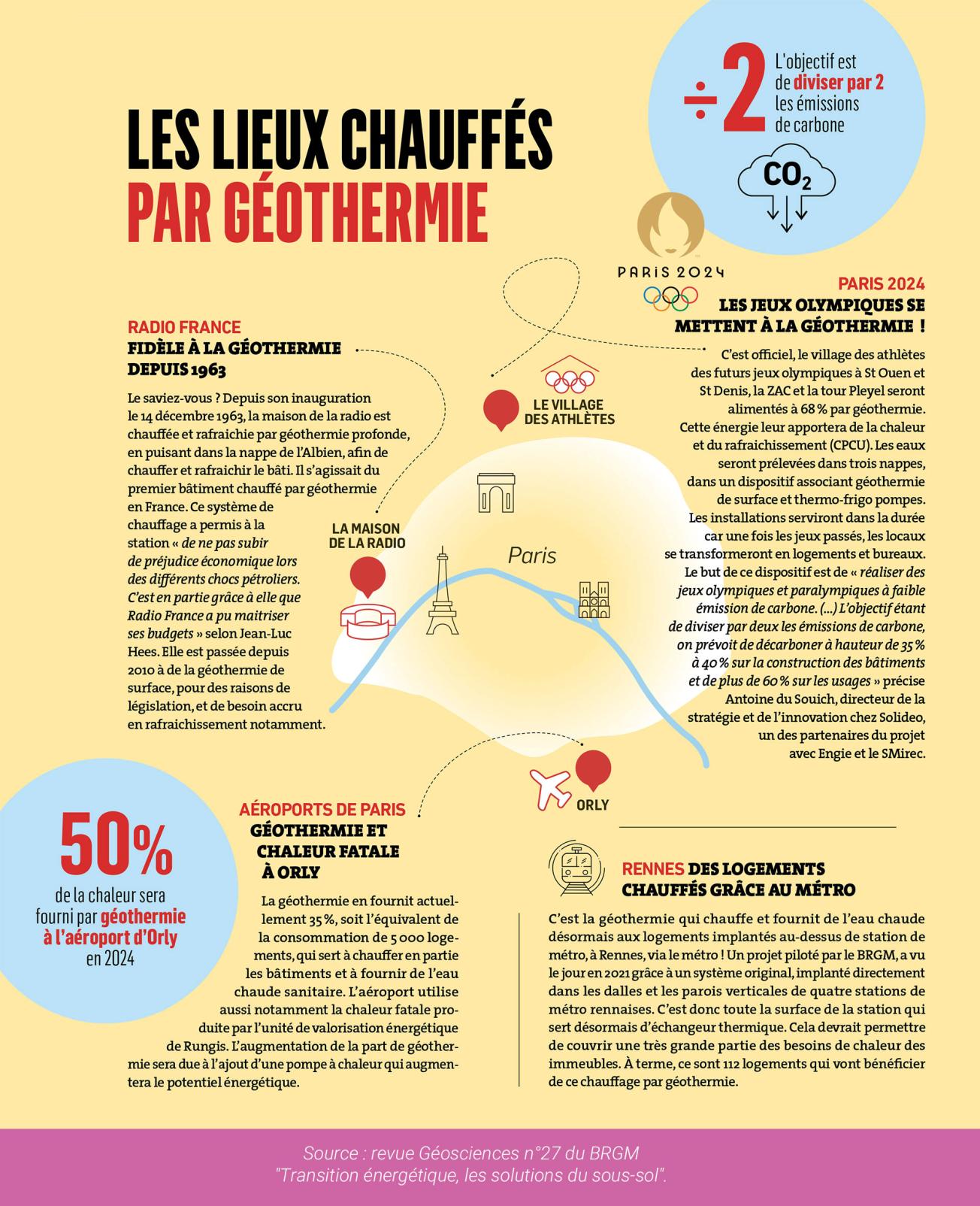
The "Places heated by geothermal energy" infographic, taken from the 27th edition of Géosciences, published in September 2023.
© BRGM
Detailed description
Radio France has been using geothermal energy since 1963
Did you know? Since the day of its inauguration on 14 December 1963, the Maison de la Radio has been heated and cooled by deep geothermal energy, drawing on the Albien aquifer to heat and cool the building. It was the first building to be heated by geothermal energy in France. This heating system has enabled the French radio company "to avoid being affected by the economic consequences of the various oil crises that have occurred since the 1970s. It is partly thanks to this heating system that Radio France has been able to keep its budgets under control", according to Jean-Luc Hees. Since 2010, the Maison de la Radio has switched to a near-surface geothermal energy system, in order to comply with new legislative requirements, while also meeting their premises' increasings needs in terms of cooling.
Aéroports de Paris: geothermal energy and waste heat at Orly Airport
A total of 50% of the heating required at Orly Airport will be supplied by geothermal energy by 2024. Currently, geothermal energy is used to produce 35% of the heating requirements (equivalent to the consumption needs of 5,000 homes). It is used to heat part of the buildings and to supply hot water. The airport also uses the waste heat produced by the waste-energy recovery plant in Rungis. The proportion of geothermal energy will be increased through the addition of a heat pump, which will boost the energy potential.
Rennes: homes heated by the Métro
Geothermal energy is now used to heat and supply hot water to homes situated above the Métro (underground) stations in Rennes. And this energy is produced via the Métro itself! In 2021, an original system was installed directly in the floor slabs and vertical walls of four Rennes Métro stations in order to produce heat. This innovative project is managed by BRGM. The entire surface of the stations is now used as a heat exchanger. This system should have the capacity to cover a very large proportion of the heating needs of the buildings above the stations. Ultimately, some 112 homes will benefit from geothermal heating.
Paris 2024: the Olympic Games go geothermal
It's official: the athletes' village (located in St Ouen and St Denis) for the Paris 2024 Olympic Games, the surrounding urban development area (ZAC) and the Pleyel Tower will receive 68% of their power from geothermal energy. The energy will be used for heating and cooling and will be supplied and managed by CPCU – the Paris Urban Heating Company. The water used will be drawn from three aquifers, in a system combining near-surface geothermal energy and thermo-fridge pumps. The facilities will be used over the long term, since the athletes' villages will be converted into accommodation and offices after the Games. This initiative will contribute to "delivering low-carbon Olympic and Paralympic Games. The goal is to reduce carbon emissions by half. As such, we aim to decarbonise 35% to 40% of building construction and more than 60% of building use," explains Antoine du Souich, Director of Strategy and Innovation at Solideo, one of the project's partners, in conjunction with Engie and SMirec.
Geosciences No. 27: Subsurface solutions for the Energy Transition
Geothermal energy, CO2 or heat storage, access to mineral resources and more. This issue of Géosciences looks at the potential of the subsurface for the energy transition.
Associating the subsurface with the energy transition may appear incongruous. Wind turbines, photovoltaic panels, or possibly hydroelectric dams and nuclear power stations come more readily to mind. And yet, the energy and ecological transition that will gradually lead us to develop low-carbon energy will require us to make increasing use of the resources and potential of the subsurface.
Issue 27 of BRGM's Géosciences magazine investigates subsurface solutions: geothermal energy, CO2 storage, heat storage and hybridisation of these different solutions with other sources of renewable energy. It also looks at access to mineral resources, which are vital to the success of the energy transition.
